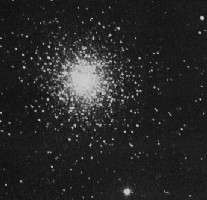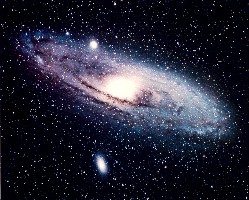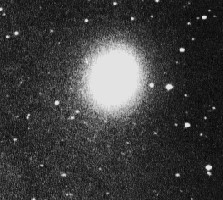
I like to call this cluster the "Hedge Apple" because it sits just off the mouth of Pegasus. The best view tonight was at 122x. Many stars were resolved about halfway to the bright, central core.

The best view is at 49x. It appears as a large, oval fuzzy patch. In the same field of view you can see the much smaller M32. At 122x you can begin to see a darkening along the side of the galaxy facing M32. These are the dust lanes of M31, although they couldn't be resolved as such.

This galaxy is much, much smaller than nearby M31, but it definitely has an elliptical shape and a bright, stellar core.
This appears to be a smaller version of Albireo in Cygnus. It is a pretty pale yellow and pale blue double, with the blue star being slightly fainter. Even at 49x, the two stars are nicely separated.
At low power, this star is dazzling, like an amber flame in the midst of the Milky Way. The pumpkin-orange color stands out clearly.

49x only reveals a few stars within an irregular fuzzy patch. 203x reveals over a dozen stars.

In recent years, this has also become known as the E.T. Cluster. The best view is at 81x, where the cluster takes up nearly the entire field of view. There are two bright stars near the center of one end, which make the eyes of E.T. or the owl. Strings of stars form the arms (or wings) and another clump of stars make up the legs (or tail). One star near the shoulder of one arm appears to be a carbon star, as it appears a bit orange. The brightest star (one of the eyes) is yellow.

This is a nice open cluster. It kind of reminds me of a capital Lambda shape. The brightest stars form 3 corners of a triangle which define the edges of the cluster. Halfway between the two brightest stars are a couple of other bright stars. One of these is a bit yellowish in color.

This cluster is fairly round in shape, like a globular, but the brightest stars are near the outer edges, with most of the fainter stars sprinkled throughout the middle.

Although it is large enough to be easily seen with the naked eye, with my 24x 2" eyepiece, this cluster is spectacular. I can almost get the entire cluster in the field of view. All of the brightest members appear as shiny diamonds. Near the centermost bright star is a small triangle of fainter stars, making an interesting pattern. Overall, this cluster's shape reminds me of a lunar lander.